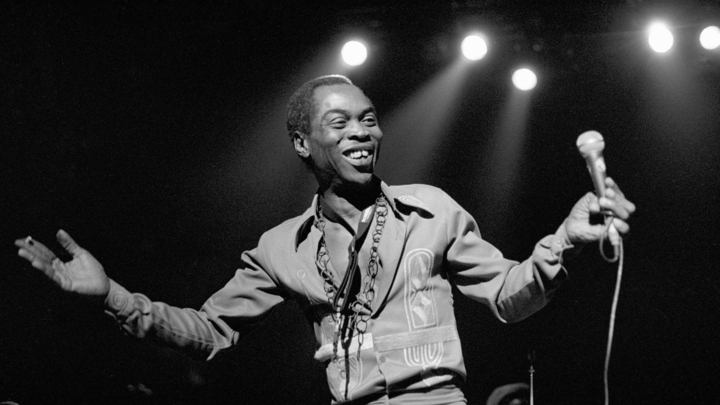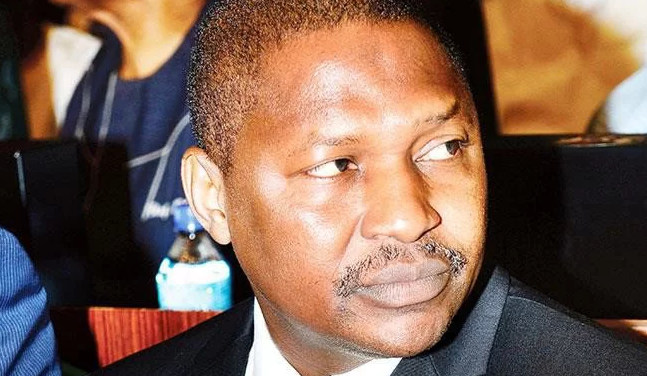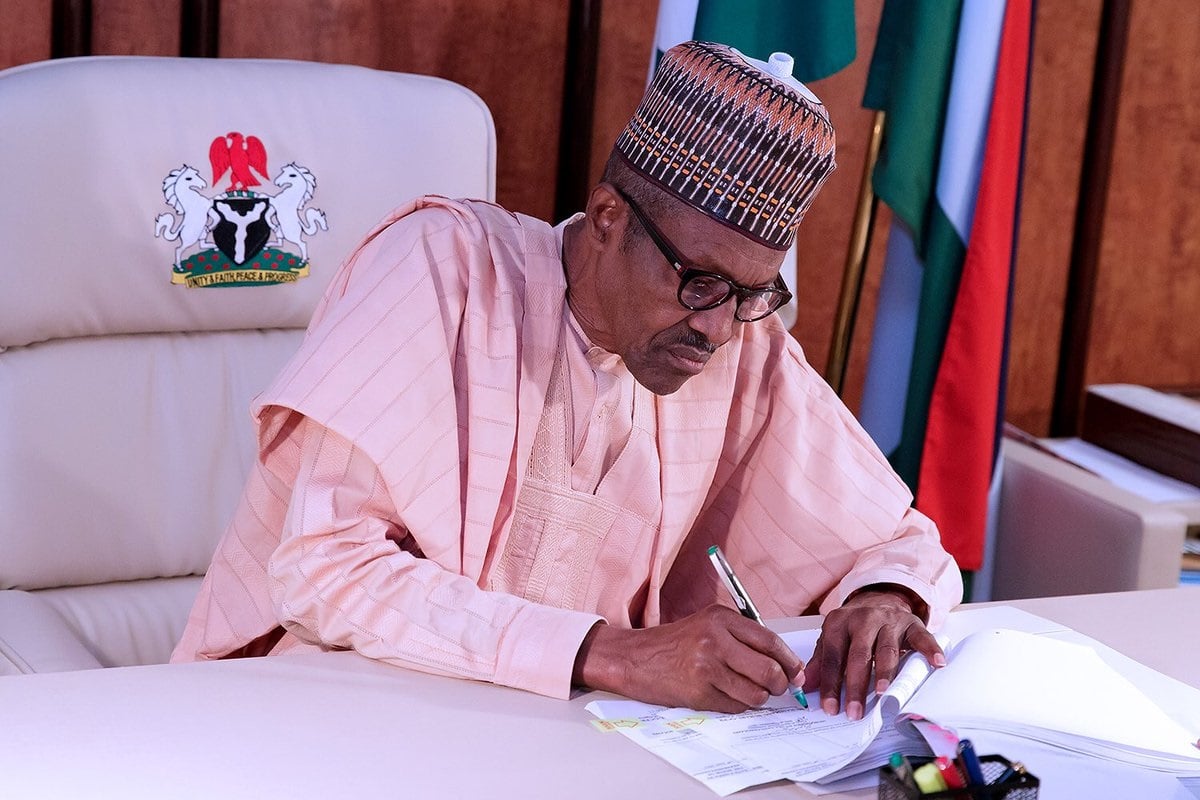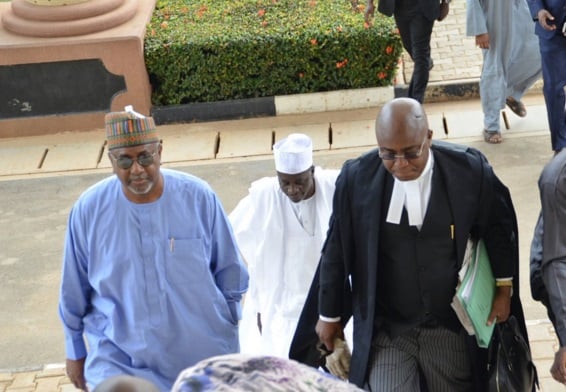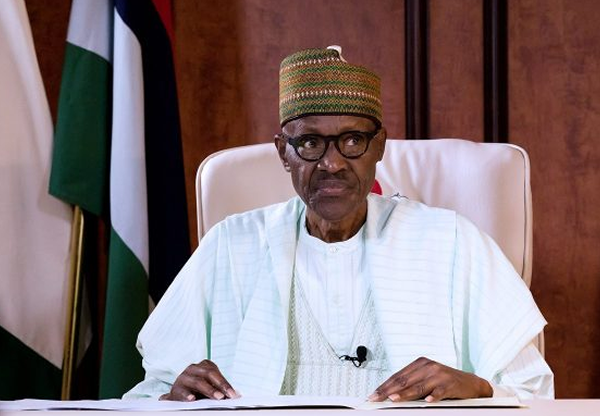Why do we have an “imagined” Fela without a head? Is the interpretation of the artist truly a philosophical understanding of Abami Eda or merely an extension of the sculptor’s reasoning and assumptions? If Fela were alive to witness this thing, he probably would’ve declared: “Yeye dey smell.”
Who gave them the power and authority to take liberty with our senses by imposing their ideas of what they consider the philosophy of Fela on a piece of …what? Why should we believe them on Liberation when by their own admission they lack the construct of articulating the very essence of Fela Anikulapo Kuti? Liberation according to them represents a philosophy but ultimately that classification is beyond their determination, for the decision is rather in the courts of Nigerian masses.
In the realm of philosophy of art, the sculpture is like an idea, incapable of any restrictions, indeterminable – not forgetting the assertion that it is not a statue of Fela – therefore it cannot represent Fela! Does that sound contradictory? Well ask the artist!
What is Fela? While we may not know what the sculpture is, by now we know what it is not! Should anyone be skeptical about the representation that is not Fela, yet symbolizes the late maestro? One concept says all life philosophy, human rights, equality; Pan Africanism, etc. emanate from Fela but is uncertain of his reality and his essence.
Advertisement
This reminds us of a fraud which happened at Yaba a couple of years back. Lagos woke up to the “phenomenon of the bodiless head,” with hordes of gullible Nigerians conned into paying to see the spectacle. Of course, the body was concealed deep in the ground! With Fela, the head had turned into the realm of nothingness; the spirit had detached it from the body. Yeeepaaariipaa! Obatala ooooh!
We are of the opinion that Fela cannot be both certain and dubious which according to Jahman Anikulapo “was a conceptual work, albeit a symbolic representation, using the Fela personae as a commentary on the question of liberation.” In his analysis, he opines that: “I do not think the artist should moderate his vision to base expectation of the public.” He went further to declare that in Kongi’s Harvest, the icon and Nobel Laureate, Wole Soyinka used a lot of symbolic representation, declaring that Fela “himself deployed motifs in his songs, that merely symbolically represent the actual subjects he has chosen.” To me, this is too much grammar for a piece of….what?
Is it true that we lack good art education to know a sculpture when we see one? What about our artistes in the profession “who study but are not knowledgeable about some of these issues…” Jahman believes we should just accept it as a fait accompli. And that is the beauty of art! In this day and age, anything is art!
Advertisement
How do we represent Fela’s spirituality as the conqueror of death, his archetypal oeuvre of Esu and radical disdain of elitism without his chalk face, his clenched fists and the ubiquitous sax? Can we represent freedom in Mandela without his head? Or Bob Marley without his dreadlocks? Can we represent June 12 as a watershed of the struggle for democracy without M.K.O. Abiola and his testimonial cap?
A lot of people have commented on the statue as a symbol of Fela’s philosophy. Mahmoud Ali-Balogun, artist and frontline film producer disagrees: “I think this premise is just stupid excuse for a misadventure in the portrayal of the icon rather than a philosophical representation.” Sunmi Smart-Cole who knows a thing or two about Fela and had gigged severally with him is equally pained.
Bless the Yoruba philosophers who in their infinite wisdom posit: “Ori la be lowe, ki a to ran ese ni ise.” Literally, it means when the head is not there, the body is eternally doomed. Symbolize it whichever way you wanted, Wole Soyinka without his ivory head and beard is not a symbol of all that is great with us and the man would’ve “died in him who keeps silent in the face of tyranny.”
In analyzing Liberation as a symbol of Fela’s philosophy, we must get rid of esotericism and obscurantism. The notable artists of history who pioneered symbolic sculptures moved away from naturalism of the impressionists and preferred feeling over intellectualism. They went on to convey complex ideas and concepts in meaningful ways to viewers. What they depicted brought deeper moral and spiritual meaning. Does Liberation make the viewers think? Symbolically, can we represent Fela’s philosophy without his physicality? By the way, what happened to his jumbo-sized ‘heeling’ herb?
Advertisement
In appropriating Fela as vehicle to populism, how much do these artists know of Abami Eda? Even in its ordinary appreciation, how much is the denotation in the Liberation statue to signify and reference Fela as the signifier of protest and his language of truth?
What does the statue mean for the artist and for the viewers? Does the artist’s intention limit the meaning of the sculpture? Are we not giving the artist too much status in accepting his claims? When a piece of work goes into the public sphere, interpretations follow while the jury remains the public. It is what the viewers make of the sculpture that translates into perception. Thus Liberation does not have meaning ‘in itself;’ it can only mean something to someone in a context.
What the Lagos State Governor, Akinwunmi Ambode, Yeni, the daughter of Fela and the sculptor should not do is to impose their values on us. It is assuming rather too much to attribute universal values to Liberation. To them, Liberation is a representation of Fela’s philosophy; to us it is a perversion, less sensible, less satisfactory and not quite persuasive. It is the statue of the Unknown Musician!
We are of the opinion that the missing parts of the sculpture distort the content and its context. In looking at the size and the texture of Liberation, its color and deliberate omissions, are we having any link to the history and social antecedents of the Abami Eda? Or is it merely a futile exercise, for both the viewer and the artist to even attempt any interpretations?
Advertisement
Would it one day become as referenced as the timeless bronze sculpture of the Oni of Ife of antiquity? What purpose does the sculpture serve? Does it delight and excite, or create a feeling or a mood of dejection? As Fela would say: “When trouble sleep…”
Advertisement
Views expressed by contributors are strictly personal and not of TheCable.
Add a comment

